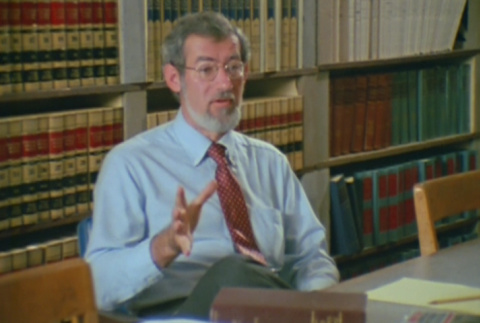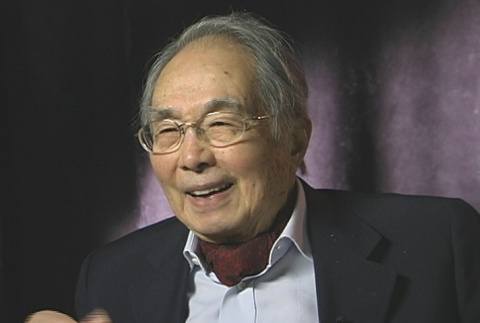Exclusion orders
On February 19, 1942, President Roosevelt signed Executive Order 9066, which allowed the military to exclude people from any location without a trial or hearing. While it did not name people of Japanese ancestry specifically, it was clearly aimed at them and was enforced accordingly. Under the authority of Executive Order 9066, General John DeWitt defined 108 exclusion areas throughout the West Coast, each containing approximately 1,000 Japanese Americans. The first exclusion orders were issued for Bainbridge Island, Washington on March 24, 1942. Orders were posted around town, informing all Japanese American residents of the impending mass removal. Individuals and families were given only one week to prepare. By the end of October 1942, all 108 exclusion orders had been issued, forcing over 110,000 Japanese Americans into concentration camps around the country.
World War II
(231)
Mass removal ("evacuation")
(678)
Exclusion orders
(116)
Related articles from the
Densho Encyclopedia :
Karl Bendetsen,
Francis Biddle,
Civilian exclusion orders,
John DeWitt,
Executive Order 9066,
Executive Order 9066 (exhibition),
Executive Order 9066: 50 Years Before and 50 Years After (exhibition),
Leland Ford,
Allen Gullion,
John McCloy,
Public Law 503,
Franklin D. Roosevelt,
Termination of Executive Order 9066,
Norman Thomas

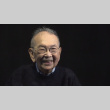
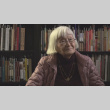



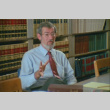
This interview is audio-only. It contains raw footage used by Steven Okazaki in his 1985 film Unfinished Business.
This material is based upon work assisted by a grant from the Department of the Interior, National Park Service. Any opinions, finding, and conclusions or …

This interview is audio-only. It contains raw footage used by Steven Okazaki in his 1985 film Unfinished Business.
This material is based upon work assisted by a grant from the Department of the Interior, National Park Service. Any opinions, finding, and conclusions or recommendations expressed …

This interview is audio-only. It contains raw footage used by Steven Okazaki in his 1985 film Unfinished Business.
This material is based upon work assisted by a grant from the Department of the Interior, National Park Service. Any opinions, finding, and conclusions or recommendations expressed in …

This material is based upon work assisted by a grant from the Department of the Interior, National Park Service. Any opinions, finding, and conclusions or recommendations expressed in this material are those of the author(s) and do not necessarily reflect the views of the Department of the Interior.
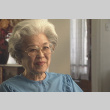
This interview was conducted by sisters Emiko and Chizuko Omori for their 1999 documentary, Rabbit in the Moon, about the Japanese American resisters of conscience in the World War II incarceration camps. As a result, the interviews in this collection are typically not life histories, instead …





This material is based upon work assisted by a grant from the Department of the Interior, National Park Service. Any opinions, finding, and conclusions or recommendations expressed in this material are …






